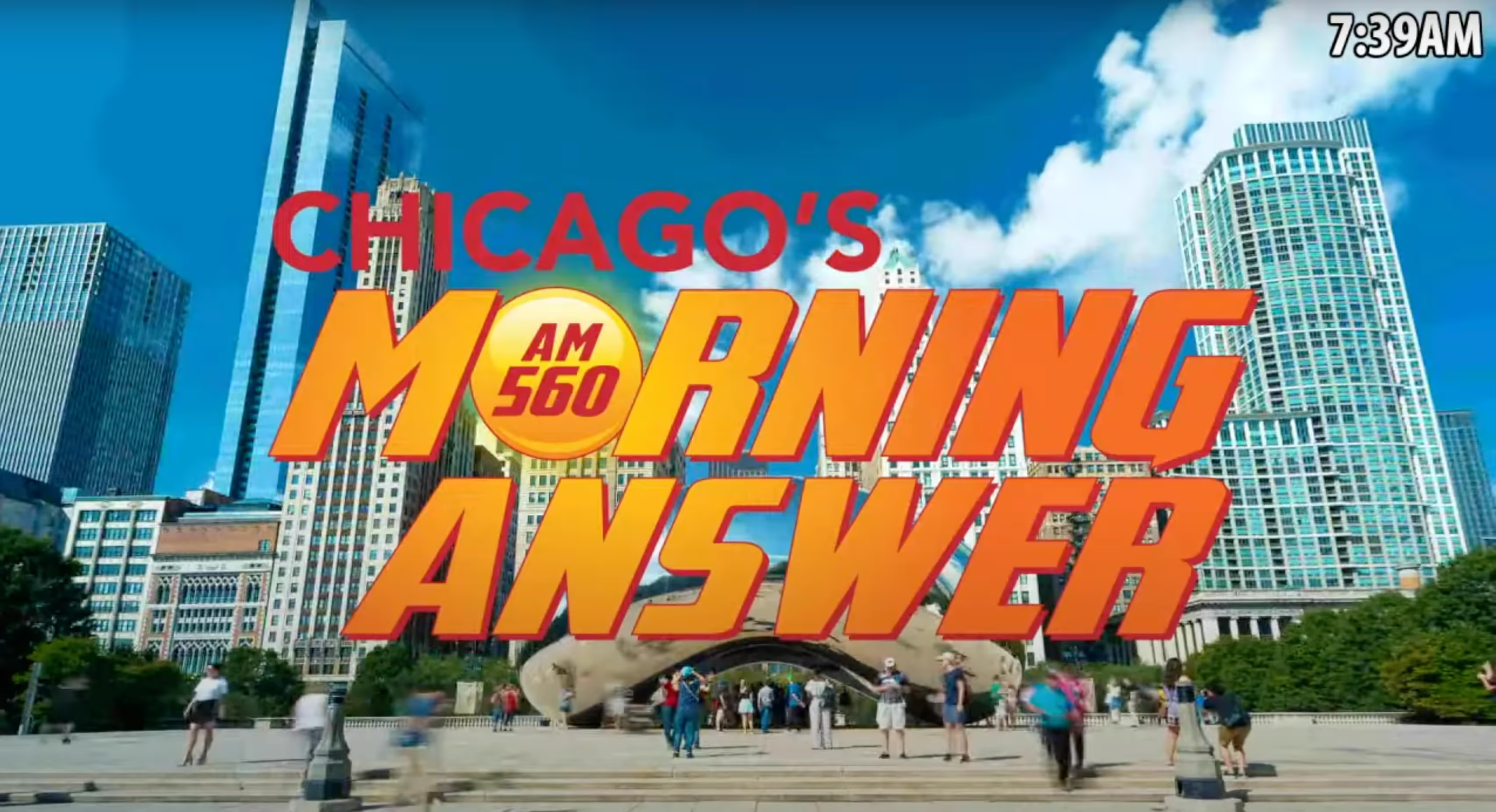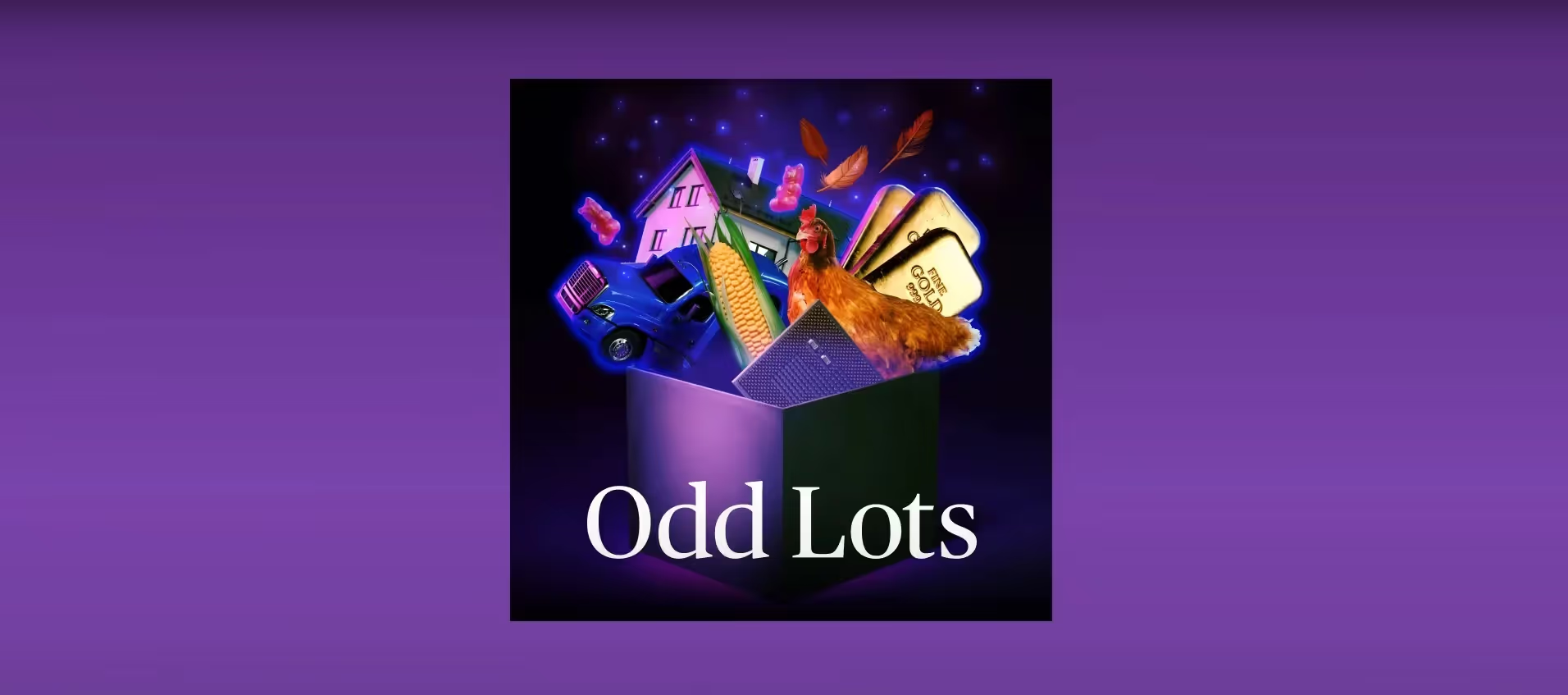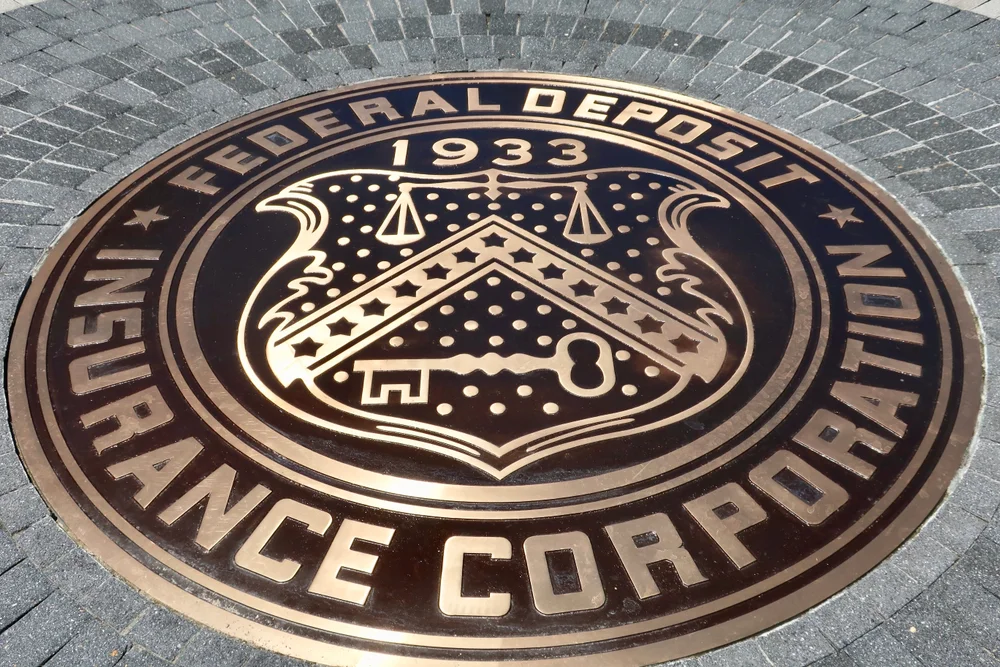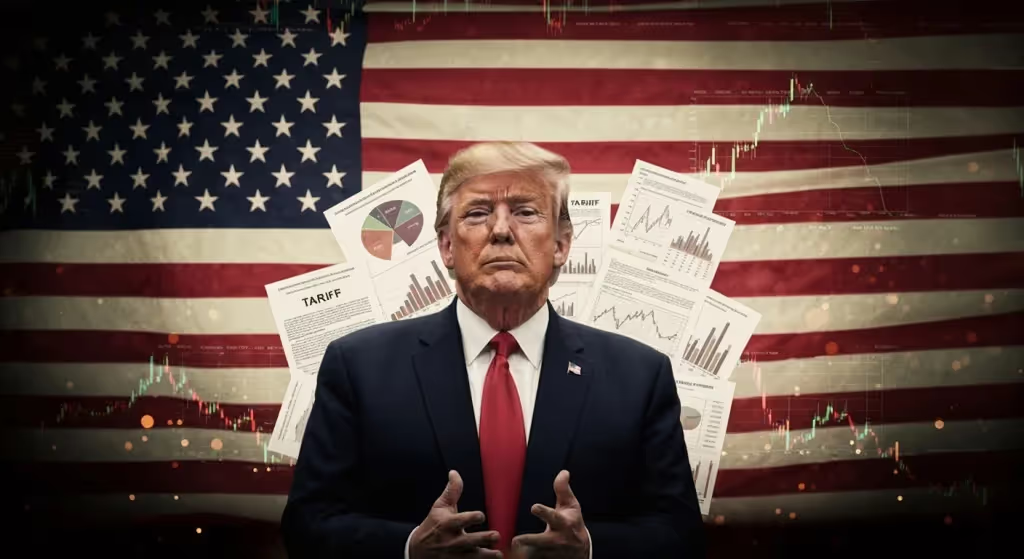
Trump’s Tariff Triangulation
Trump’s approach is not anchored in economic orthodoxy but rooted in exploiting trading opportunities.
Editor's Note: This contribution is part of Civitas Outlook's Tariff Symposium.
A close look at the White House's trade negotiations reveals a strategy that is already yielding benefits for the United States. Far from mere protectionism, these “reciprocal” tariffs, initially announced on April 2 and later adjusted to allow for negotiations, have served as a powerful catalyst, compelling nations to engage in discussions that prioritize American economic interests. The August 1 deadline, steadfastly maintained by President Trump despite initial market reactions and a few subsequent delays, has proven to be a shrewd tactic, encouraging countries to secure agreements rather than face steeper duties. Countries navigating this changing landscape must deal with Trump's policy zigzags and uncertainty. This incentivizes countries to get a deal done, rather than wait. This playbook is straight out of The Art of the Deal, where Trump describes how he leverages flexibility and market knowledge in deals. In addition, Trump also values exclusivity. In the present context, trade access to the U.S. markets is an exclusive bargaining chip.
The President’s commitment to addressing long-standing trade deficits has showcased a willingness to apply pressure while remaining open to constructive dialogue. This firm yet flexible approach has culminated in a series of groundbreaking deals that directly enhance the American economy. The initial 10 percent tariff rate, extended for three months to facilitate these crucial talks, has now paved the way for more targeted and reciprocal rates, demonstrating a calculated and effective trade policy.
To be clear, I favor free and open trade. However, most economists have not been entirely honest in how they frame their arguments, failing to explain that inflation has not shown up as forecast. But Trump’s approach is not anchored in economic orthodoxy but rooted in exploiting trading opportunities. Where economists see potential gains from free trade agreements with no tariffs, Trump sees an opportunity to leverage trade so most of the gains from trade are extracted in the form of tariff revenue and side agreements that promise more investment in the United States. In many instances, that means that tariffs will go up. Trump and his advisers believe that foreign governments will subsidize their firms, or the firms themselves will lower their prices to remain competitive in the U.S. market. If Trump and his team are correct, there will be little or no inflationary pressure. That’s an empirical question that has yet to be answered.
Proof of the potential effectiveness of the administration's trade strategy are the agreements forged with the European Union and Japan. These deals are not just about adjusting tariff rates; they represent substantial commitments that will inject trillions into the American economy and will, in all likelihood, counter any rise in food prices or other items. With the European Union, the agreed tariff rate of 15 percent on European goods, including automobiles, is significantly lower than the 30 percent Trump had initially threatened. More importantly, as part of this landmark agreement, the EU has pledged to purchase $750 billion worth of energy from the U.S. Additionally, the EU has committed to invest $600 billion more than its current investments in the U.S. for other goods. That’s 1.35 trillion dollars in investment—it’s over and above the asymmetric nature of the deal, where the EU also agreed to no tariffs on U.S. goods. These commitments represent a significant financial boon, creating jobs and stimulating growth across multiple sectors.
Similarly, the deal struck with Japan sets a 15 percent tariff on Japanese goods, a considerable reduction from the 25 percent initially threatened. The direct and indirect benefits to the U.S. economy are equally impressive: Japan has agreed to invest $550 billion in the U.S. economy. Furthermore, this agreement ensures Japan will open its markets to crucial U.S. exports, including automobiles, rice, and other agricultural products. This market access is vital for American farmers and manufacturers, promising increased exports and strengthening key domestic industries. When you add Japan’s 550 billion to the 1.35 trillion the EU pledged, let's not forget about the Saudi’s promise of $600 billion, that’s close to 2.5 trillion dollars in new investment in the U.S economy. If you throw in the deal Trump signed with Apple who famously “designs their phones in California and assembles them in China” to onshore $600 billion in investment, we are now at 3 trillion and counting.
Even with China, a nation with which trade relations have been particularly fraught, President Trump’s firm stance has led to a crucial de-escalation of the current tensions. In late May, the U.S. and China announced the contours of a deal designed to stave off a trade war temporarily. The U.S. notably reduced its tariff rate from an imposing 145 percent to 30 percent, while China reciprocated by lowering its rate from 125 percent to 10 percent. While both countries maintain an additional 10 percent baseline tariff, this significant mutual reduction demonstrates that direct engagement, driven by the threat of higher tariffs, can lead to managed resolutions, preventing a full-blown trade conflict.
Why do all these trade deals matter? Simple. Leverage is a powerful negotiating tool. Trump’s trade deals are resetting the balance of benefits between each party in global trade. In the past this country has struck trade deals (think NAFTA) that caused job outflows to Mexico. While my economist friends almost universally decry Trump’s approach, and I am sympathetic to their views, we do not live in a world with free and open trade. Trump is intent on making trade fairer. If Capuchin Monkeys recognize that fairness matters, why do economics experts minimize the role of fairness and leverage in negotiations? That’s a question I’ll leave you to ponder. Trump is resetting who gets the lion’s share of the benefit that comes from negotiated trade agreements. From a business perspective, and a political perspective, that’s a reasonable approach.
This administration’s strategy of employing "reciprocal" tariffs as a negotiating tool has leveraged America’s economic power to secure tangible benefits. The trillions in new investments, energy purchases, and market access for American products are not just numbers; they potentially represent increased prosperity, job creation, and a stronger economic future for the United States. Whether you think President Trump’s policies are good or bad for America, we have all witnessed the boldness with which he has triangulated to the middle. In the process, he is reshaping the economy and reshaping traditional political alliances. Will he succeed? It is still too early to say.
G. Dirk Mateer is a Faculty Fellow at the Civitas Institute, a Professor of Instruction in the School of Civic Leadership, and the Director of the Minor in Philosophy, Politics and Economics, all at the University of Texas at Austin
Economic Dynamism

The Causal Effect of News on Inflation Expectations
This paper studies the response of household inflation expectations to television news coverage of inflation.
.avif)
The Rise of Inflation Targeting
This paper discusses the interactions between politics and economic ideas leading to the adoption of inflation targeting in the United States.

Why Can't the Middle Class Invest Like Mitt Romney?
Why can’t middle-income Americans pay effectively no taxes on investments like the wealthy do?

The Revenge of the Supply-Siders
Trump would do well to heed his supply-side advisers again and avoid the populist Keynesian shortcuts of stimulus checks or easy money.
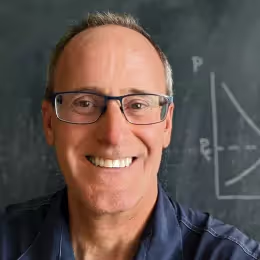



.jpg)

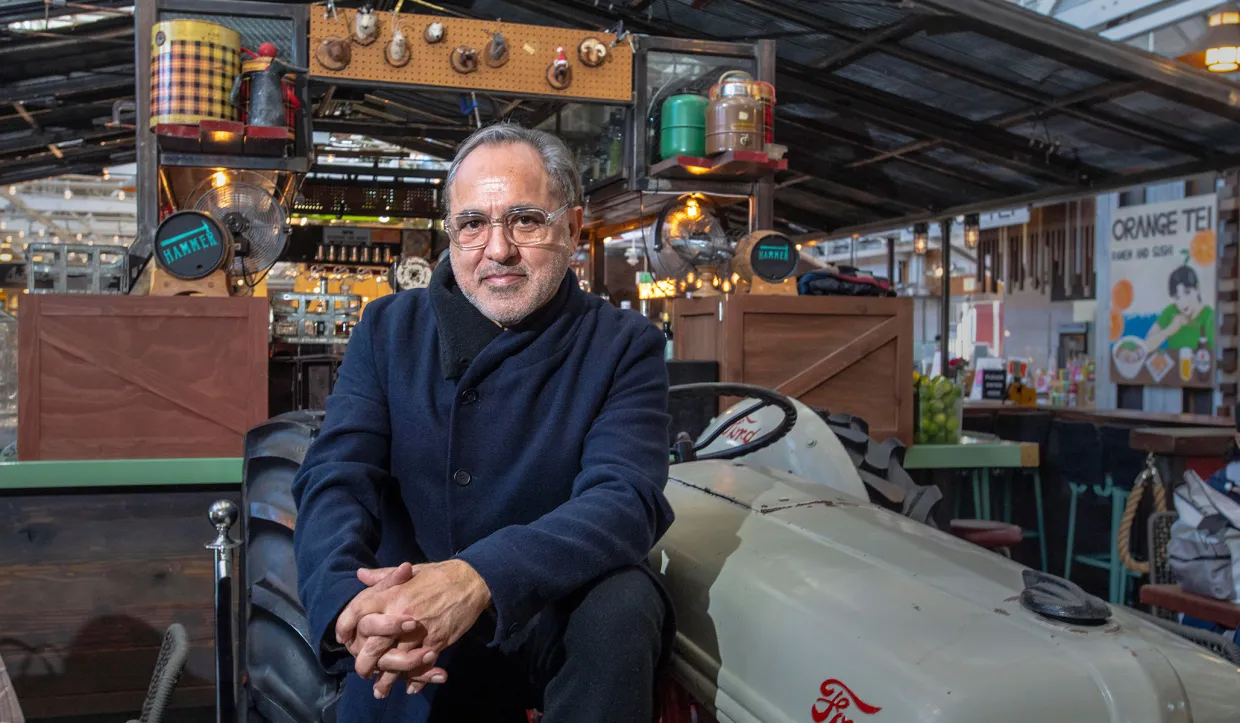


.jpg)
